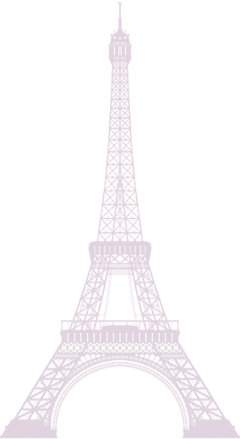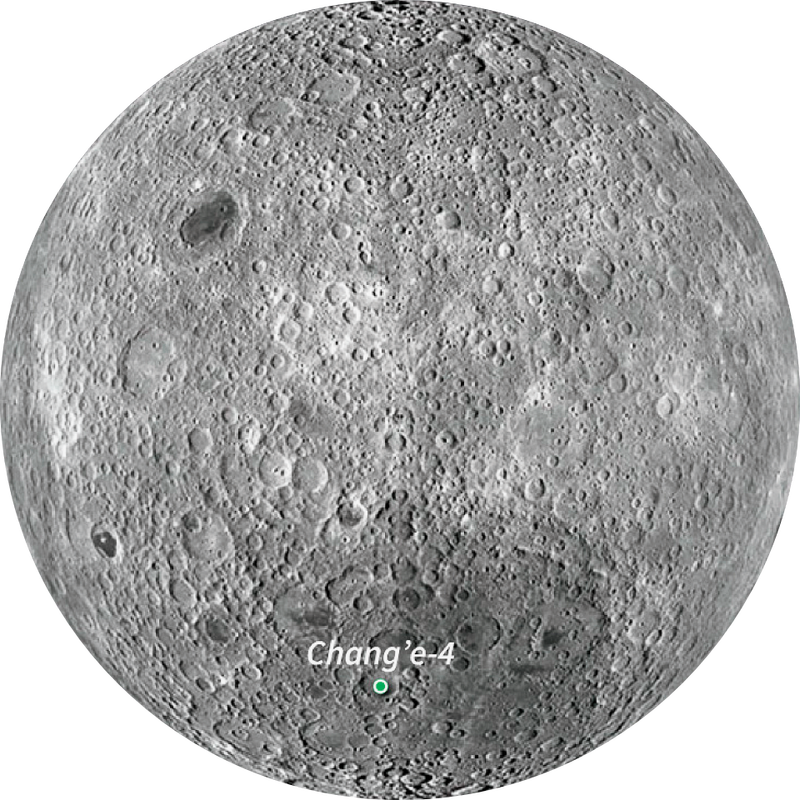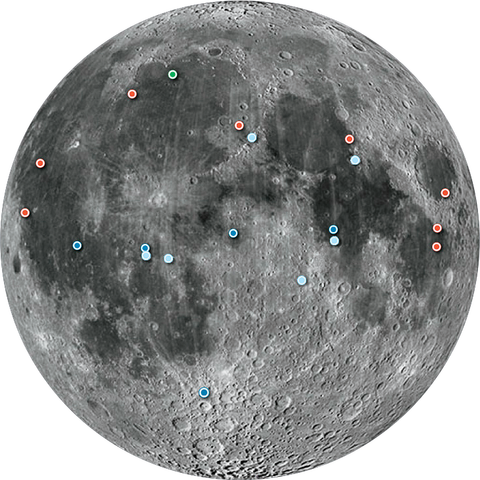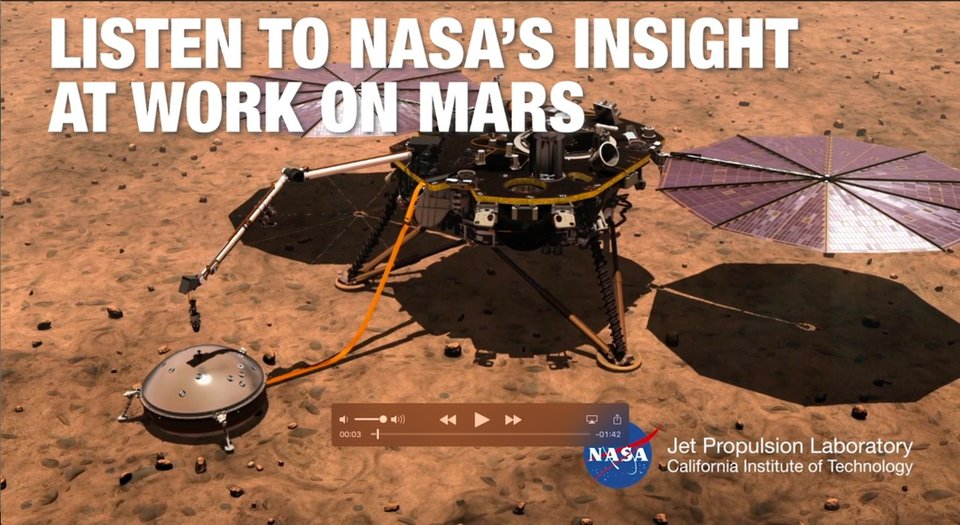Lastyear,wecelebrated50yearssincehumansfirstwalkedonthemoon.Thatwasalongtimeago.Yet,we’restillexploringspacetoday.We’vesentlotsofspacecrafttolookattherestofoursolarsystem.Thesemissionsare unmanned.
Oneofthelatestmissionswentbacktothemoon,buttoadifferentpartofit.ThemoongoesaroundEarthonceamonth,andthesamesidealwaysfacesEarth.Allthemenwhohavevisitedthemoonlandedonthenearside,thesidewecanseefromEarth.Sohavealltheunmannedspacecraftthatsafelylandedonthe moon.
In2019,however,Chinalandedaspacecraftonthefarsideofthemoon.Itlandedinahugecrater.Billionsofyearsago,alargeobjecthitthisarea,carvingoutthecrater.Theimpactwassobig,itkickeduprocksfromthemoon’smantle.That’sthelayerofrockthatliesbelowthecrust.Thespacecraftwillstudytheserocksandseewhatthemoon’smantleismade of.
AviewofEarthfromthesurfaceofthe moon
Measuring'Marsquakes'
Themoonislarge,butit’snotaplanet.Planetsarelarge,round,andorbit,orgoaround,thesun.Ourmoondoesn’torbitthesun.Instead,itorbitsEarth.Earthisaplanet, becauseitgoesaroundthesun.Thereareotherplanets.OneofthenearesttoEarthisMars.Peoplemaytravelthere someday.
In2018,theUnitedStates’NationalAeronauticsandSpaceAdministration(NASA)landedaspacecraftonMarscalledInSight.It’sstudyingthingsthatarehappeninginsidetheplanet.In2019,InSightdetectedthefirst“earthquakes”everobservedonMars.GoodthingInSight’smonitorsaresensitivebecausethesemarsquakeswereveryweak.Ifyoustoodonthesurface,youwouldn’tevenfeel them.
Thisartist’srenderingshowstheInSightspacecraftinvestigatingMars’ interior.
AssessingAsteroids
BeyondthepathofMarsarelotsofsmall,rockyobjectsthatgoaroundthesun.Theseareasteroids.Asteroidsaresmallandirregular.TheyareimportanttostudybecauselongagoobjectssimilartothemcametogethertobuildrockyplanetslikeEarthandMars.Asteroidsmayalsohavevaluablemineralsthatwecould mine.
SomeasteroidscomeclosetoEarth.AJapanesespacecraftisexploringonesuchasteroidnamedRyugu.PicturesfromthespacecraftindicateRyuguisnotperfectlyround.Instead,it’sshapedlikeacube,andithaslotsofboulders.Lastyear,thespacecraftshotabulletattheasteroid.Theblastkickedupmaterial,someofwhichthespacecraftcaught.Thespacecraftwillbringthatmaterialhomesoscientistscanstudy it.
AnotherspacecraftlaunchedfromtheUnitedStates(U.S.).It’sexploringanasteroidnamedBennu.BennuisevensmallerthanRyugu:lessthanathirdofamileacross.Thespacecraftwillsampletheasteroidandlaterbringthatsamplebackto Earth.
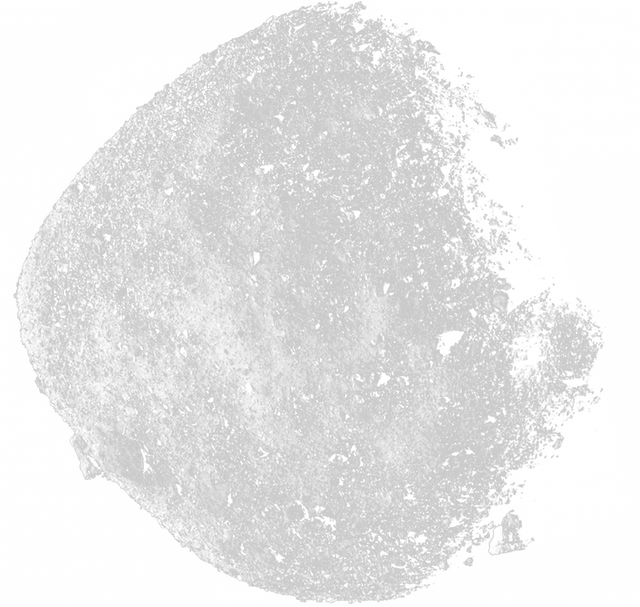
ThisimageshowstheBennuasteroidnexttotheEiffelTower,for scale.
